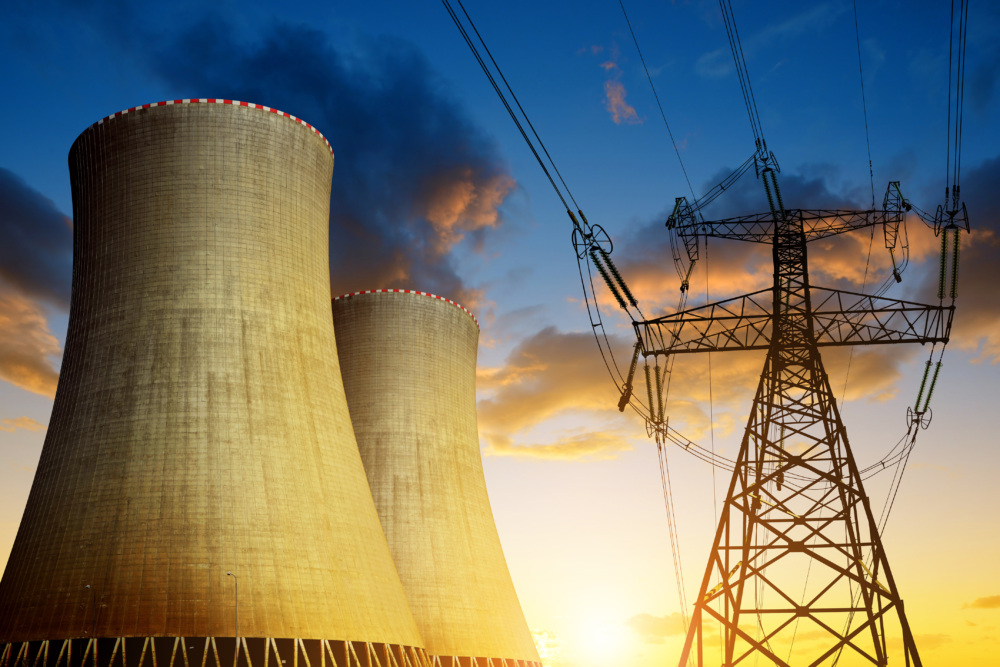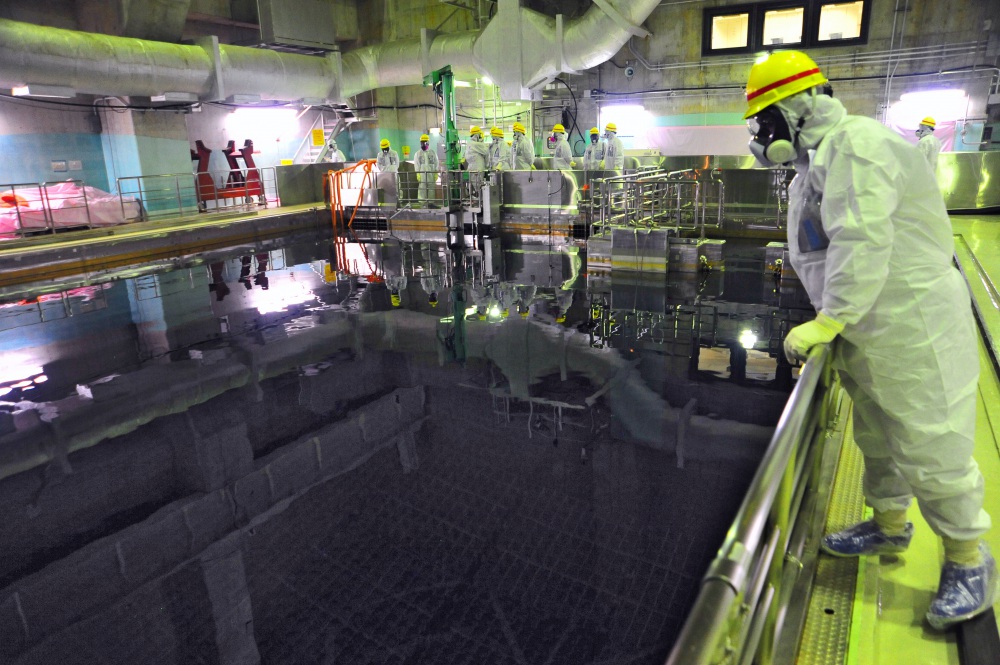Nuclear energy can play a critical role in transitioning the world away from environmentally harmful carbon-based energy sources and towards more sustainable and environmentally friendly energy sources. But peaceful uses of nuclear energy that rely on uranium can create major proliferation risks because enriched uranium can be used to build nuclear weapons and its spent fuel remains radioactive for a very long time. So should the international community seriously consider a shift toward the thorium fuel cycle, which proponents say offers several potential advantages over the current uranium fuel cycle – including greater abundance of thorium on earth than uranium, proliferation resistance, and reduced nuclear waste production? It’s an interesting question and there’s no easy answer as the thorium fuel cycle is not without its own drawbacks, and in some cases the positive attributes of a thorium fuel cycle have been exaggerated.
First, let’s establish what we mean when we talk about the nuclear fuel cycle. The nuclear fuel cycle covers the full spectrum of activities associated with the production and disposition of fissile material, which is the key ingredient used to power nuclear reactors and is at the core of nuclear weapons. Today, the fuel cycle is based on uranium. In the uranium fuel cycle, natural uranium is harvested from the earth, processed and then (for most nuclear power reactors) enriched in a process that increases the specific isotope of uranium (U-235) that creates energy when it fissions. This enriched uranium can then be formed into fuel rods and used in nuclear reactors. This is where the front end of the nuclear fuel cycle ends, and the back end begins. After nuclear material is expended in a nuclear reactor, it becomes spent fuel. The main concern with spent fuel is that it is radioactive and remains radioactive for a long time. There are a couple of disposal options for the spent fuel, including storage in a deep geologic repository.
The thorium fuel cycle differs from the uranium fuel cycle because natural thorium does not contain any fissile isotopes. Instead, natural thorium is what is called a fertile material, meaning that if irradiated, natural thorium will transform into a fissile material. Without getting too far into the weeds of radiochemistry, the basic idea behind the thorium fuel cycle is that when natural thorium absorbs a neutron during irradiation, it then decays to U-233, which is fissile and can be used as nuclear fuel. So, the thorium fuel cycle starts with natural thorium being harvested from the earth. This natural thorium can then be placed in a reactor where it will be irradiated (by uranium fuel or thorium fuel) and transformed into U-233. So, when someone talks about “thorium fuel” they are typically talking about U-233 produced through the irradiation of thorium.
The production of U-233 from the irradiation of natural thorium invariably produces hazardous impurities which emit dangerous levels of gamma radiation. Proponents point to the presence of these hazardous impurities as proof that the thorium fuel cycle is inherently proliferation resistant because the resulting nuclear waste will be hazardous to handle. However, it is possible to take intermediate steps in the production of U-233 to obtain U-233 with relatively small levels of these hazardous impurities.
Even without an intent to produce weapons material, it is likely that thorium fuel producers would look to produce U-233 with as few impurities as possible since the impurities would make handling thorium fuel more dangerous. The United States was able to produce isotopically pure U-233 for a series of nuclear tests way back in the 1960s, so it is not unimaginable that a determined proliferator could do the same with the help of 21st century technologies. Because of this, the claims of the thorium fuel cycle being inherently proliferation resistant seem overblown.
A thorium fuel cycle could reduce the production of nuclear waste from nuclear power. However, contrary to what some proponents of the thorium fuel cycle might state, a thorium fuel cycle does not remove the need for a long-term disposition pathway for high-level nuclear waste. The waste produced in the thorium fuel cycle is more stable than that from the traditional uranium fuel cycle. The radioactivity of the waste in the thorium fuel cycle drops down to safe levels after just a few hundred years, compared to tens of thousands of years needed for current nuclear waste to cool off. But the waste byproducts of the thorium fuel cycle still need long-term storage. A shift to the thorium fuel cycle would not resolve the need for the nuclear community to create long-term disposition pathways for high-level nuclear waste.
While it is true that natural thorium is much more abundant than natural uranium, it is not the case that the world faces a shortage of natural uranium. Since there is no global shortage of natural uranium, the abundance of natural thorium falls flat as a reason to transition to a thorium-based fuel cycle. However, an individual state may be able to make the argument that a transition to the thorium fuel cycle would be better for their specific national fuel cycle security. For example, India currently relies heavily on uranium imports to fuel its nuclear power industry but has abundant thorium deposits. If India were to transition to a thorium fuel cycle, it could rely on the indigenous production of thorium fuel rather than importing nuclear fuel.
As fissile material, thorium fuel can be used in most types of reactors, however it can be difficult to design thorium fuel to function as efficiently as uranium fuel in older generation reactors. The most promising application of the thorium fuel cycle is in new generation Molten Salt Reactors (MSRs). The liquid fuel of MSRs allows for natural thorium to be irradiated and used as nuclear fuel in a continuous process where the previously produced thorium fuel is acting as the neutron source for the irradiation of natural thorium. Current research and development into applications of the thorium fuel cycle focus on building off of Oak Ridge National Lab’s Molten Salt Reactor Experiment (MSRE) from the 1960s. ThorCon, a US-based company, has designed a scaled-up version of the MSRE. Their website claims that a ThorCon reactor could be up and running in as little as four years because it requires no new technology development.
Although both are feasible, thorium has promise as the fuel for a new generation of reactors, rather than replacing the uranium fuel in currently operating reactors. It seems unrealistic to expect a complete shift to thorium fuel, but as older generation reactors reach the end of their life cycle and the new generation comes online, it may be possible to supplement more and more of our uranium fuel needs with thorium fuel. The thorium fuel cycle certainly has its benefits. The reduced production of high-level waste is particularly attractive, but these benefits should not overshadow the very real possibility for the thorium fuel cycle to be used as an avenue for proliferation, even if it would be technologically difficult.




